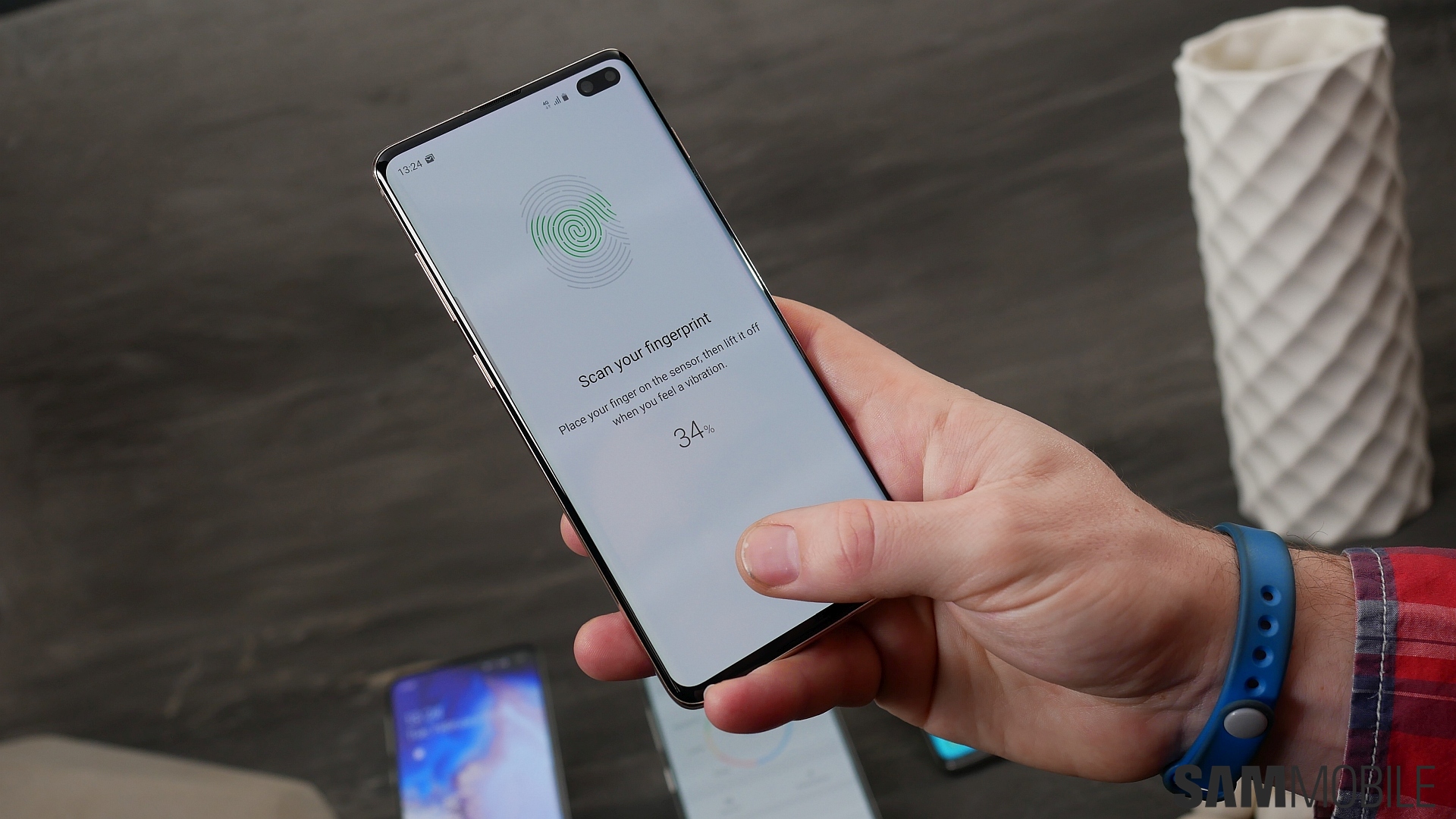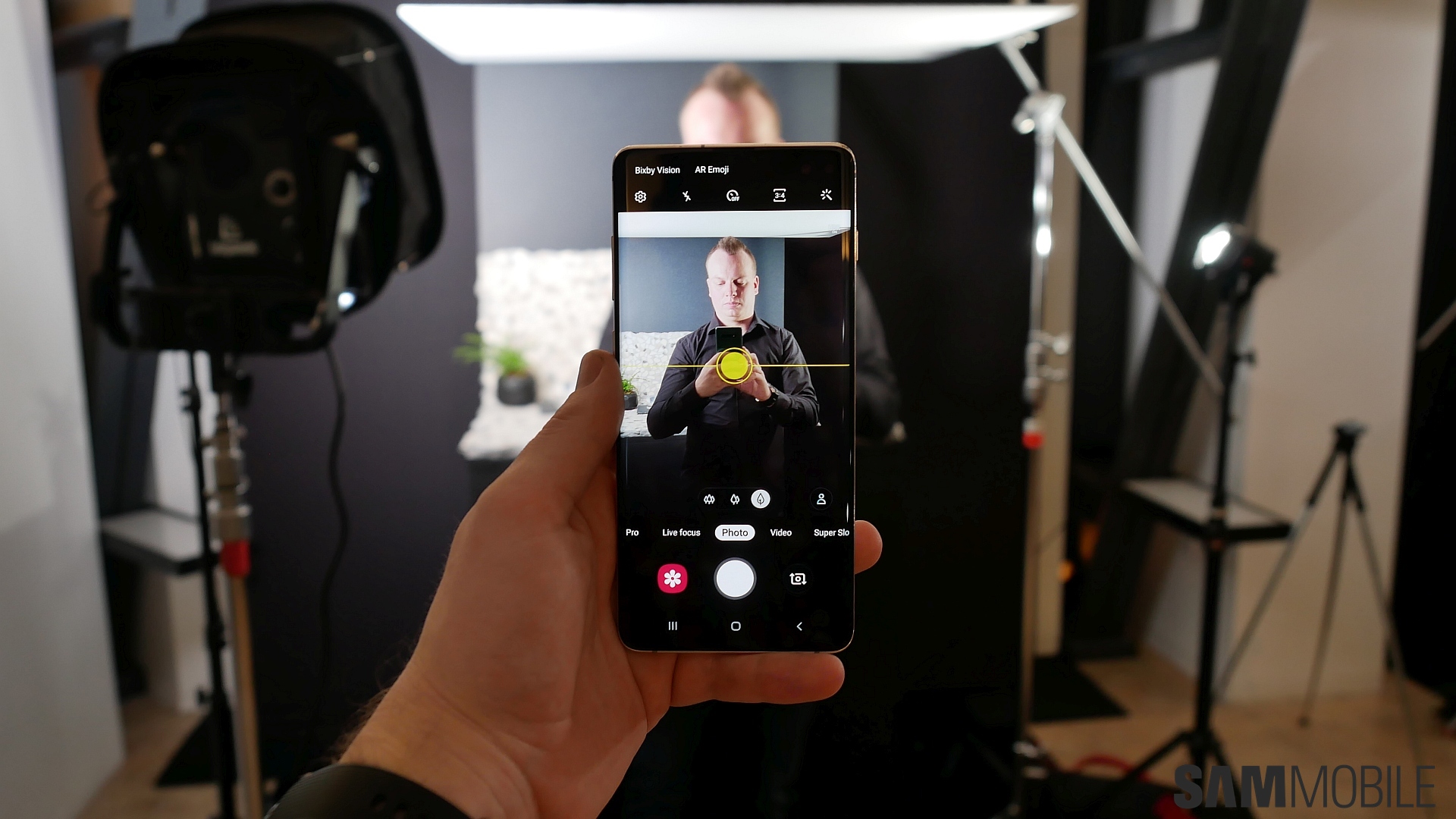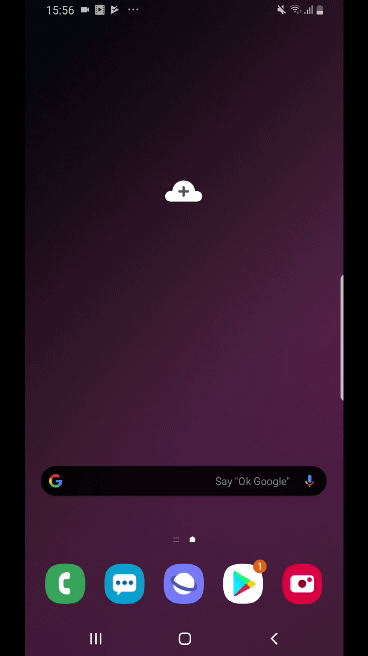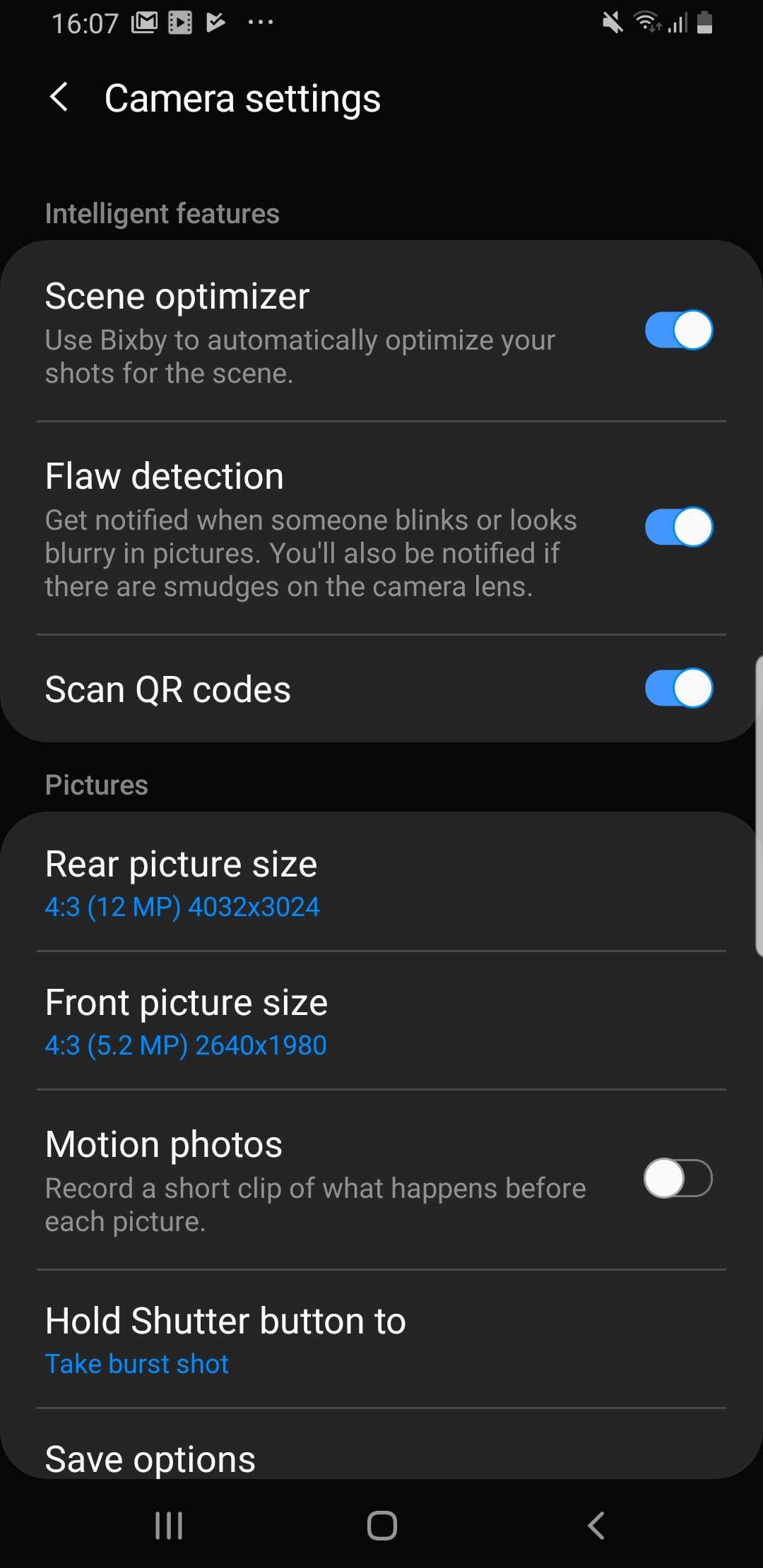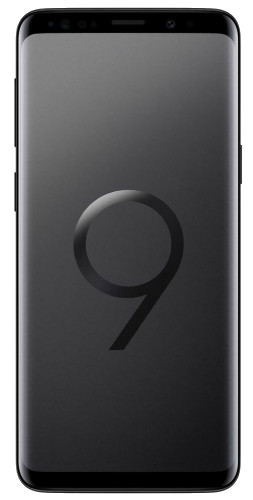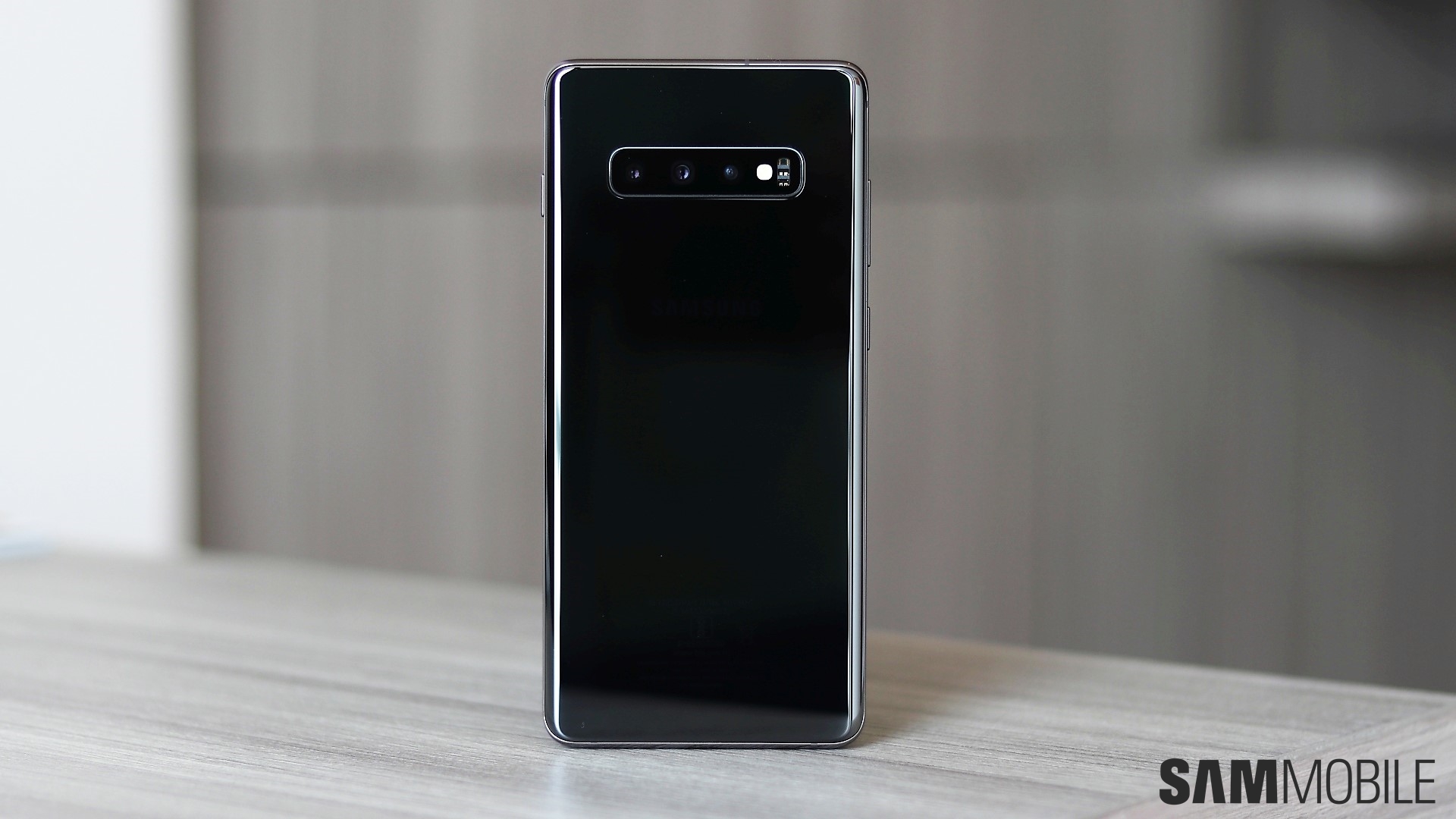We loved the Galaxy S10+ here at SamMobile when we reviewed it back in March. It had a few issues, but none were big enough to significantly ruin the experience of using the phone. It’s been a little over three months now since our Galaxy S10+ review was published, and barring a few detours to test the many new Galaxy M and Galaxy A series phones Samsung has launched this year, the S10+ has been my primary device for around two months at this point.
For me, the Galaxy S10+ fell short in three areas. The battery life was surprisingly average despite the 4,100 mAh battery under the hood, the in-display fingerprint sensor was not quick enough and had lower accuracy than the physical fingerprint sensors from previous Galaxy flagships, and the phone’s night-time photography skills were noticeably lagging behind what some of the competition was offering (namely Huawei and Google devices).
I didn’t really mind the lack of a notification LED, as I tend to check my phone every few minutes (not a good habit, I know) and also have WhatsApp running on my PC at all times. As for that dual front camera screen cutout, I accepted it as a necessary evil, a compromise for having the Galaxy S10 model with the largest battery. And while Samsung can’t really do anything about the pill-shaped cutout, it has managed to address the three major complaints I had about the Galaxy S10+.
Fingerprint recognition and battery life were tackled first
Improvements to the fingerprint sensor came first. Samsung promised to enhance the performance of the sensor with software updates and then delivered on that promise soon after. The in-display sensor is now extremely quick, and I’ve also gotten used to putting my finger on the correct part of the screen without paying much attention. I don’t use the fingerprint sensor all the time. I prefer waking the screen up by bringing the phone in front of my face and using facial recognition, and the few times that fails, the fingerprint sensor works pretty well as a failsafe.
Battery life also improved noticeably somewhere down the line. I’m not sure if it was Bixby learning my usage patterns or a result of Samsung fixing issues with the proximity sensor and the Tap to wake feature with a software update. Some people say the latter two are still an issue, but even if that is true, I’m content with how long my Galaxy S10+ is able to last on a single charge. It’s still not great, but it’s substantially better for me now than it was in the first few weeks.
And then came the ‘Night in shining armor’
Three months later, what makes me most happy is the addition of the dedicated camera Night mode. It’s perhaps the first time that Samsung has released such major improvements and new camera features for a flagship phone after launch. The first iteration of Night mode wasn’t that great, as Samsung simply spun off the lackluster Bright Night camera feature into a dedicated camera mode. But then, out of the blue, it released a software update that made Night mode actually useful.
One can argue that Samsung should have offered this Night mode from day one instead of just slapping an ultra-wide camera on the back to differentiate the Galaxy S10 from its predecessor. And I agree. But the company could have simply ignored the hue and cry and kept the improvements for after the launch of the next flagship. The fact that it didn’t has to be commended, and Samsung should also be praised for making those improvements meaningful instead of only doing the bare minimum.
The Galaxy S10+ is still not perfect, but it’s close
As it says in the title, Samsung has now managed to fix the major complaints I had with the Galaxy S10+. It’s still not the perfect device, but can there ever be a perfect device? For a flagship phone, the Galaxy S10+ ticks all the boxes and is better now than it was at launch, which is not something you can say for previous flagships from the company.
Of course, this is the kind of support that should be part of the package when you spent upwards of $1000 on a smartphone, and I’m glad Samsung hasn’t let us down in that regard. Fingers crossed such improvements will continue to arrive in the future.
The post Samsung has fixed the major complaints I had about the Galaxy S10+ appeared first on SamMobile.
from SamMobile http://bit.ly/2IC0vNc
via IFTTT


